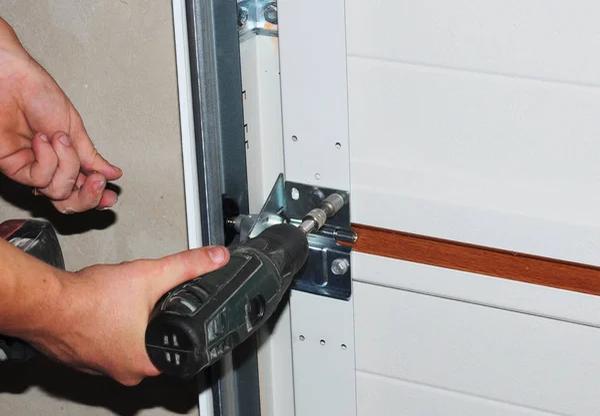Replacing garage door springs is a task that requires careful attention to safety and proper technique. These springs are under significant tension, which means improper handling can cause serious injury or damage. Before attempting any replacement, it is essential to understand the type of spring involved-torsion or extension-as each requires a different approach. Torsion springs are mounted above the door and twist to provide tension, while extension springs stretch along the sides of the door. Knowing this distinction helps ensure you use the correct tools and methods.
The first step in replacing garage door springs is to disconnect the power source if your garage door repair near me opener is electric. This prevents accidental activation during work. Next, secure the garage door by fully opening it and clamping it in place using locking pliers on the tracks just below one of the bottom rollers. This precaution prevents sudden movement that could cause injury.
Garage door installation company
For torsion springs, specialized winding bars are necessary for safely releasing and applying tension. Never substitute these with screwdrivers or other improvised tools as they can easily slip out under pressure. Begin by loosening the set screws on the winding cone carefully while holding onto a winding bar inserted into one of its holes to control unwinding tension gradually. Once fully unwound, remove any mounting brackets before detaching the old spring from its shaft.
Extension spring replacement involves removing safety cables threaded through each spring before unclipping them from their anchor points at both ends of their assembly arms near the top corners of your garage frame. After removing worn-out springs, inspect all related hardware including pulleys and cables for wear or damage; replace as needed to maintain safe operation.
When installing new springs, always verify they match specifications for your particular garage door model regarding size, strength rating, and length to ensure balanced performance without overstraining components. Reattach new torsion springs securely onto their shafts using appropriate clamps or bolts provided by manufacturers, then cautiously rewind them with winding bars following manufacturer torque guidelines precisely until proper tension is achieved.
After completing installation steps for either spring type, test your garage door’s balance manually by lifting halfway up; it should remain steady without drifting up or down significantly indicating correct spring tensioning.
Finally, reconnect electrical power if applicable and operate your garage door opener slowly through several cycles monitoring smoothness and listening for unusual noises that might signal improper installation needing adjustment.
Replacing garage door springs demands respect for potential hazards combined with adherence to recommended procedures ensuring a safe outcome that restores reliable function without compromising personal safety or damaging equipment during maintenance efforts.
Don’s Garage Door Repair
5940 Paonia Ct Colorado Springs, CO 80915
719-378-4227

